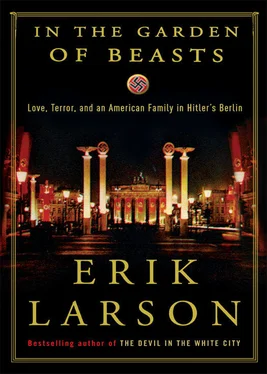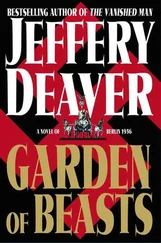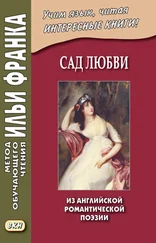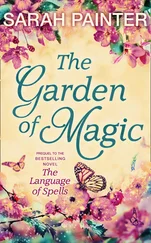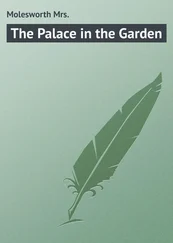The main entrance and foyer were on the ground floor, at the rear of which lay the operational soul of the house—servants’ quarters, laundry, ice storage, various supply rooms and cupboards, a pantry, and a huge kitchen, which Martha described as being “twice the size of an average New York apartment.” Upon entering the house, the Dodds walked first into a large vestibule flanked on both sides by cloakrooms and then up an elaborate staircase to the main floor.
It was here that the true drama of the house became evident. At the front, behind the curved facade, was a ballroom with an oval dance floor of gleaming wood and a piano covered in rich, fringed fabric, its bench upholstered and gilded. Here, on the piano, the Dodds placed an elaborate vase full of tall flowers and, beside this, a framed photographic portrait of Martha in which she looked exceptionally beautiful and overtly sexual, an odd choice, perhaps, for the ballroom of an ambassadorial residence. One reception room had walls covered in dark green damask, another, pink satin. A vast dining room had walls sheathed in red tapestry.
The Dodds’ bedroom was on the third floor. (Panofsky and his mother were to live on the floor above this, the attic floor.) The master bathroom was immense, so elaborate and overdone as to be comical, at least in Martha’s view. Its floors and walls were “entirely done in gold and colored mosaics.” A large tub stood on a raised platform, like something on display in a museum. “For weeks,” Martha wrote, “I roared with laughter whenever I saw the bathroom and occasionally as a lark would take my friends up to see it, when my father was away.”
Though the house still struck Dodd as overly luxurious, even he had to concede that its ballroom and reception rooms would come in handy for diplomatic functions, some of which he knew—and dreaded—would require the invitation of scores of guests so as not to offend an overlooked ambassador. And he loved the Wintergarten at the south end of the main floor, a glassed-in chamber that opened onto a tiled terrace overlooking the garden. Inside he would lie reading in a recliner; on fine days he sat outside in a cane chair, a book in his lap, as he caught the southern sun.
The family’s overall favorite room was the library, which offered the prospect of cozy winter nights beside a fire. It was walled with dark, gleaming wood and red damask, and had a great old fireplace whose black-enameled mantel was carved with forests and human figures. The shelves were full of books, many of which Dodd judged to be ancient and valuable. At certain times of day the room was bathed in colored light cast from stained glass set high in one wall. A glass-topped table displayed valuable manuscripts and letters left there by Panofsky. Martha especially liked the library’s roomy brown leather sofa, soon to become an asset in her romantic life. The size of the house, the remoteness of its bedrooms, the quiet of its fabric-sheathed walls—these too would prove valuable, as would her parents’ habit of retiring early despite the prevailing Berlin custom of staying up to all hours.
On that Saturday in August when the Dodds moved in, the Panofskys graciously placed fresh flowers throughout the house, prompting Dodd to write a thank-you note. “We are convinced that, thanks to your kind efforts and thoughtfulness, we shall be very happy in your lovely house.”
Among the diplomatic community, the house at Tiergartenstrasse 27a quickly became known as a haven where people could speak their minds without fear. “I love going there because of Dodd’s brilliant mind, his sharp gift of observation and trenchantly sarcastic tongue,” wrote Bella Fromm, the society columnist. “I like it also because there is no rigid ceremony as observed in other diplomatic houses.” One regular visitor was Prince Louis Ferdinand, who in a memoir described the house as his “second home.” He often joined the Dodds for dinner. “When the servants were out of sight we opened our hearts,” he wrote. Sometimes the prince’s candor was too much even for Ambassador Dodd, who warned him, “If you don’t try to be more careful with your talk, Prince Louis, they will hang you one of these days. I’ll come to your funeral all right, but that won’t do you much good, I am afraid.”
As the family settled in, Martha and her father fell into an easy camaraderie. They traded jokes and wry observations. “We love each other,” she wrote in a letter to Thornton Wilder, “and I am told state secrets. We laugh at the Nazis and ask our sweet butler if he has Jewish blood.” The butler, named Fritz—“short, blond, obsequious, efficient”—had worked for Dodd’s predecessor. “We talk mostly politics at table,” she continued. “Father reads chapters of his Old South to the guests. They almost perish of chagrin and mystification.”
She noted that her mother—whom she called “Her Excellency”—was in good health “but a bit nervous [and] rather enjoying it all.” Her father, she wrote, was “flourishing incredibly,” and seemed “slightly pro-German.” She added, “We sort of don’t like the Jews anyway.”
Carl Sandburg sent her a maundering letter of greeting, typed on two very thin sheets of paper, with spaces instead of punctuation marks: “Now the hegira begins the wanderjahre the track over the sea and the zig-zag over the continent and the center and the home in berlin where are many ragged arithmetics and torn testaments thru the doors will pass all the garbs and tongues and tales of europe the jews the communists the atheists the non-aryans the proscribed will not always come as such but they will come in guises disguises disgeeses… some will arrive with strange songs and a few with lines we have known and loved correspondents casual and permanent international spies spindrift beach combers aviators heroes…”
The Dodds soon learned they had a prominent and much-feared neighbor farther along Tiergartenstrasse, on a side street called Standartenstrasse: Captain Röhm himself, commander of the Storm Troopers. Every morning he could be seen riding a large black horse in the Tiergarten. Another nearby building, a lovely two-story mansion that housed Hitler’s personal chancellery, would soon become the home of a Nazi program to euthanize people with severe mental or physical disabilities, code-named Aktion (Action) T-4, for the address, Tiergartenstrasse 4.
To the horror of Counselor Gordon, Ambassador Dodd continued his practice of walking to work, alone, unguarded, in his plain business suits.
NOW, SUNDAY, AUGUST 13, 1933, with Hindenburg still convalescing on his estate, Dodd still an unofficial ambassador, and the matter of establishing a new household at last resolved, the family, accompanied by Martha’s new friend, correspondent Quentin Reynolds, set off to see a little of Germany. They traveled first by car—the Dodds’ Chevrolet—but planned to separate at Leipzig, about ninety miles south of Berlin, where Dodd and his wife planned to linger awhile and visit landmarks from his days at Leipzig University.
Martha, Bill Jr., and Reynolds continued south, with the aim of eventually reaching Austria. Theirs would prove to be a journey laden with incident that would provide the first challenge to Martha’s rosy view of the new Germany.
PART III
Lucifer in the Garden
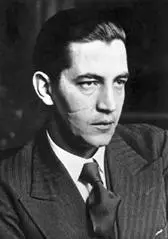
Rudolf Diels (photo credit p3.1)
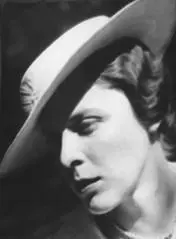
Martha Dodd (photo credit p3.2)
Читать дальше
